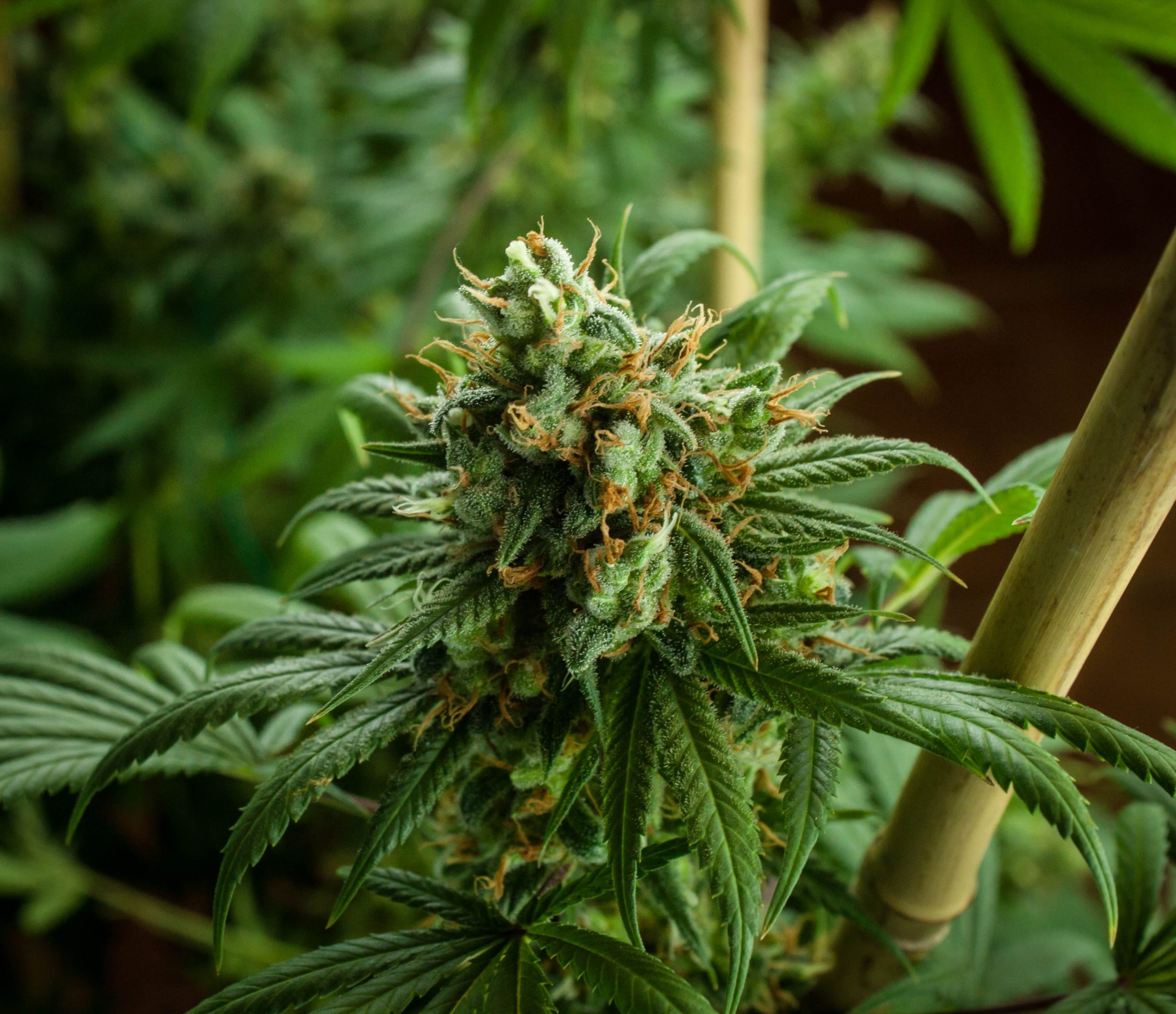If you’ve sampled your fair share of buds, you’ve likely built up a bit of a nose for the different scents that cannabis can have. While many may complain about the smell, it is one of the most important parts of the plant, the terpene profile. From floral puffs to wafts of sour spice, plenty of information is given to us by the unique nuances of each strain. And it’s worth paying attention to.
What Are Terpenes and Why They Matter?
If we understand what terpenes are and why they are important, we can talk about why we feel drawn to certain aromas and make more discerning decisions about the strains we pick.
First, we need to explain what a terpene is. They are molecular compounds that are produced in the secreted oils of cannabis, as well as countless other plants. They are found throughout nature, including in trees, fruits, and fungi. They are the source of the signature scents of plants like pine trees, which contain the appropriately named Pinene. What are sold as essential oils are extracts with concentrated amounts of terpenes. Most plants have unique relationships to specific terpenes and will have varying levels of a single terpene.
The cannabis flower has a unique relationship to terpenes. Different variations in these flowers have been found, with a range of terpene profiles. Cultivation factors like parent strains, fertilizer pH, and sun exposure will influence what kind of terpenes can be produced by a cannabis plant. This is one of the leading factors in what differentiates strains classed as cannabinoids and flavonoids. Other naturally occurring molecules that interact with terpenes will affect how a particular ‘high’ will feel.
How Terpenes Affect Your Experience
Cannabinoids are what gives cannabis its signature high, but the interaction of cannabinoids with terpenes will give a specific effect. Something like the citric Limonene will impart an uplifting high with relief for anxiety and depression, while the earthy musk of Myrcene has a euphoric effect that will help you unwind and relax.
Several terpenes can be found in some of the most popular strains. Their unique combination of effects seem to match the needs of those who love them. Cultivators have worked with generations of the plants to carefully create different profiles and to develop new strains.
Because terpenes are found throughout nature and in a variety of foods, you have likely felt their medicinal benefits in one form or another. The nose, often, will know what it is looking for, and you will often find that scents that are pleasing to you contain terpene profiles that could be beneficial for your unique condition or symptom.
This is the main reason why, before COVID, we allowed members to smell dried flower before they purchased. We will strive to find ways to do this once again when we revert to our pre-COVID business model.
We will explore specific terpenes in future articles, but for now we can begin to pay more attention to scents and notice how different plants make us feel. Everyone’s body reacts differently to each terpene, but there is enough consistency between them that general recommendations can be made. By knowing what a specific strain has been able to do for members of our community, we can make informed decisions and continue the conversation on healing.
Further reading:
https://thcdesign.com/blog/its-all-about-the-terpenes/
https://cannacon.org/15-terpenes-cannabis-explained/
https://www.leafly.ca/news/cannabis-101/terpenes-the-flavors-of-cannabis-aromatherapy
https://www.leafly.ca/news/cannabis-101/irradiation-101-canadians
https://www.cannabistech.com/articles/cannabis-irradiation-canadas-hot-topic/



